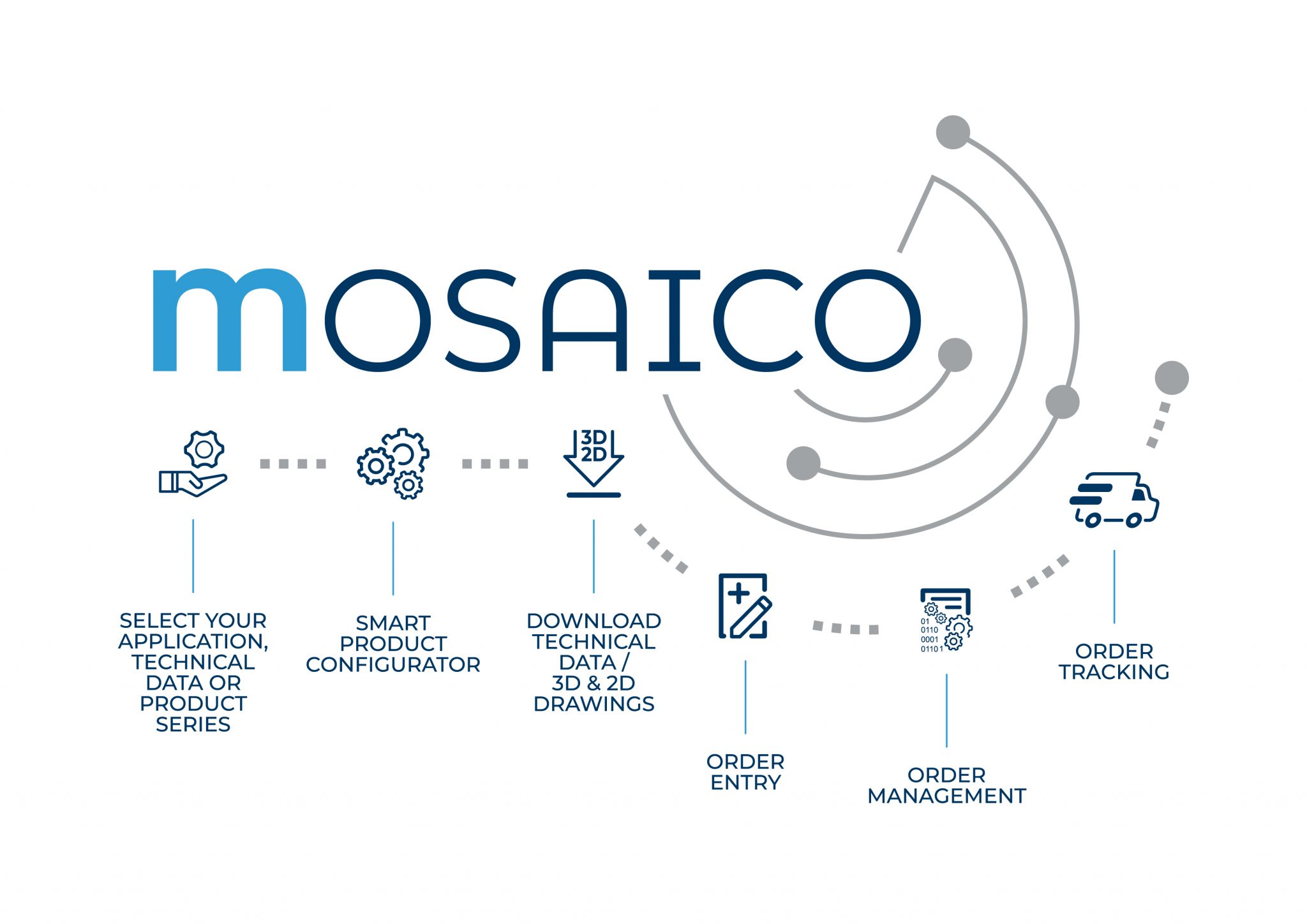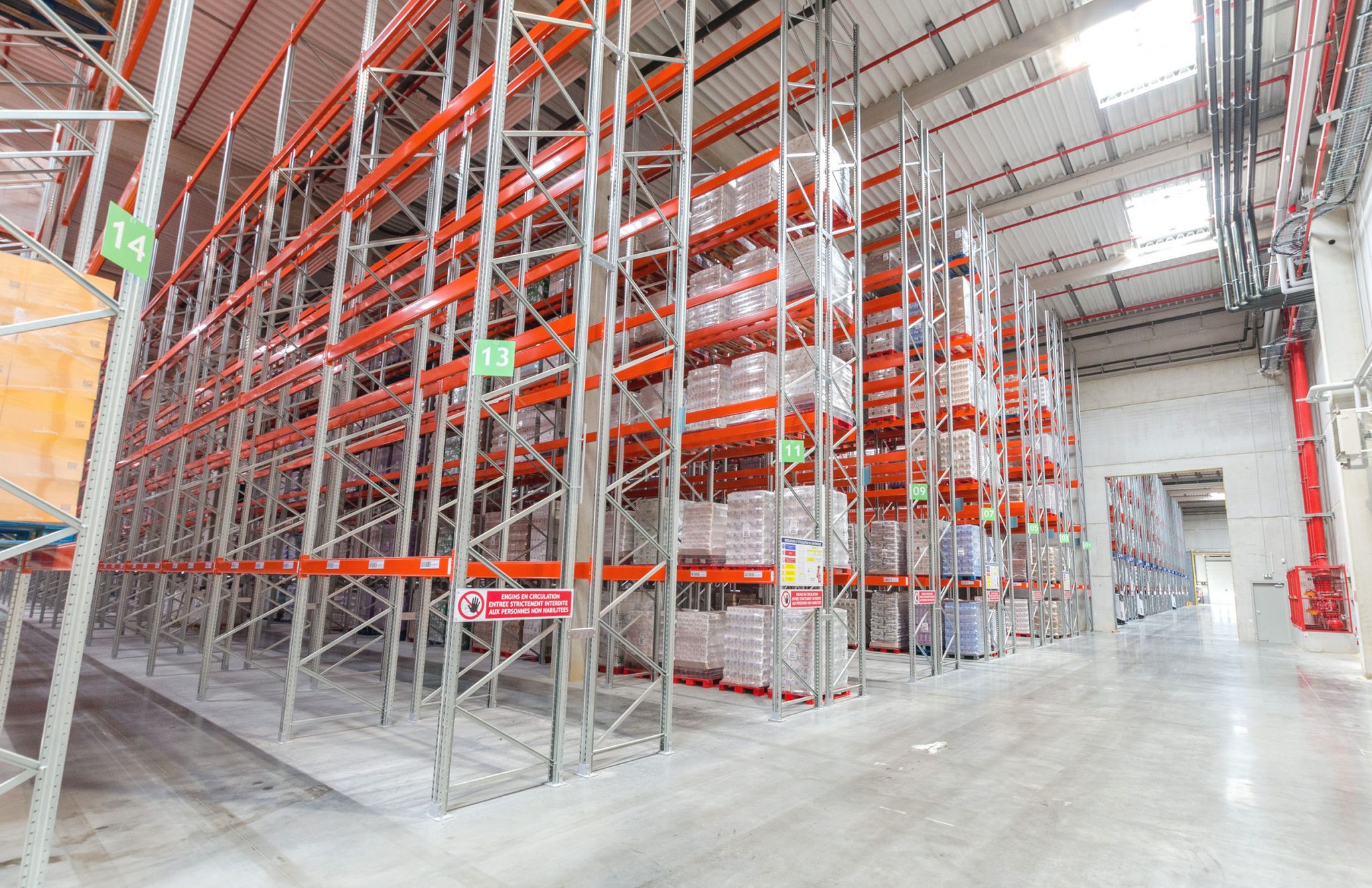The Coronavirus pandemic has exposed the fragility of the modern supply chain, as companies struggle to acquire the products and raw materials needed to keep revenue flowing. With many businesses relying heavily on a limited number of trading partners, many located in hard-hit areas like China, the scale of the supply chain disruption has been a wake-up call. Mark Segner, VP Global Sales, Descartes, explains.
Pummelling the Bottom Line
COVID-19 shockwaves are being felt around the globe, with one in six companies adjusting revenue targets downward. Figures from the Office of National Statistics revealed that 72% of businesses in the UK reported that they are exporting less than normal, and 59% of reported that they are importing less than normal due to the impact of Coronavirus.
According to a survey by the Institute for Supply Management (ISM), nearly 75% of companies reported supply chain disruptions due to the COVID-19 outbreak, with lead times doubling and delays compounded by a shortage of air and ocean freight options. A recent survey of Descartes customers also found that 31% are looking for alternative suppliers, and their usage of tools to find alternative supply sources has increased by 21%. Given the sheer scale of the disruption, many different types of businesses are unlikely to have a plan in place to address supply disruption from China and other countries.
Re-thinking Sourcing
With the global supply chain often more complex than many comprehend, very few organisations can trace their supply chain beyond their Tier 1 suppliers, and many are uncertain of the location of their second and third-tier suppliers. To fully understand supply-side risk, Deloitte notes that advanced digital solutions are “generally required to trace supply networks reliably across the multiple tiers of suppliers.” Indeed, manufacturers, retailers, and distributors are in uncharted waters as they race to identify new supply sources.
Global Trade Insights Guide the Way
With the daunting task of navigating the rapidly changing global trade landscape, where should your organisation begin? Actionable global trade data is your lifeline for supply chain resilience. In the face of COVID-19 disruptions, global trade intelligence solutions can help businesses swiftly find alternative suppliers in a concise three-step process:
- Identify potential sources; Know the market to make better sourcing decisions
A sophisticated global trade intelligence solution can assess market dynamics, revealing the impact of both the Coronavirus and recent tariff changes on specific commodity imports and exports by mapping the global flow of shipments and identifying recent volume shifts. Previous shipment volumes reveal which suppliers have capacity for your sourcing demands, while bill of lading (BOL) data helps you easily identify names, addresses, and contact details for each supplier.
- Analyse costs; How much will it cost to do business?
Given the slowdown many companies are facing during the pandemic, curtailing costs is top of mind. Global trade data technology can analyse potential suppliers to calculate the total landed cost of doing business with them, including duty spend, variable and fixed taxes, shipping costs, and insurance costs. With international trade insight, businesses can also identify favourable Free Trade Agreements (FTA) or other preferential mechanisms to help maximise margins.
- 3. Vet potential trading partners; Limit liability and brand damage
The vetting process is vital for avoiding exposure to sanctioned parties but, given the fluidity and sheer size of restricted party lists and the rabbit hole of shell companies, obtaining an accurate view can be extremely challenging.
With a global trade intelligence solution, businesses can quickly screen potential suppliers to determine if the country or vendor are subject to any restrictions or sanctions from the government. Compliance vetting is crucial for avoiding fines and penalties but also ensures your company brand remains untarnished.
Beyond COVID-19
Access to actionable trade insight is critical to developing a proactive supply chain response to the coronavirus and emerging from this pandemic as intact and profitable as possible. Sophisticated global trade intelligence solutions use shipment data from across the world to model trade flows globally, helping companies rapidly identify, analyse, and vet new sourcing locations. With the right approach, businesses can mitigate the impact of COVID-19 on supply chains and also strengthen and add resiliency to their logistics operations going forward.







